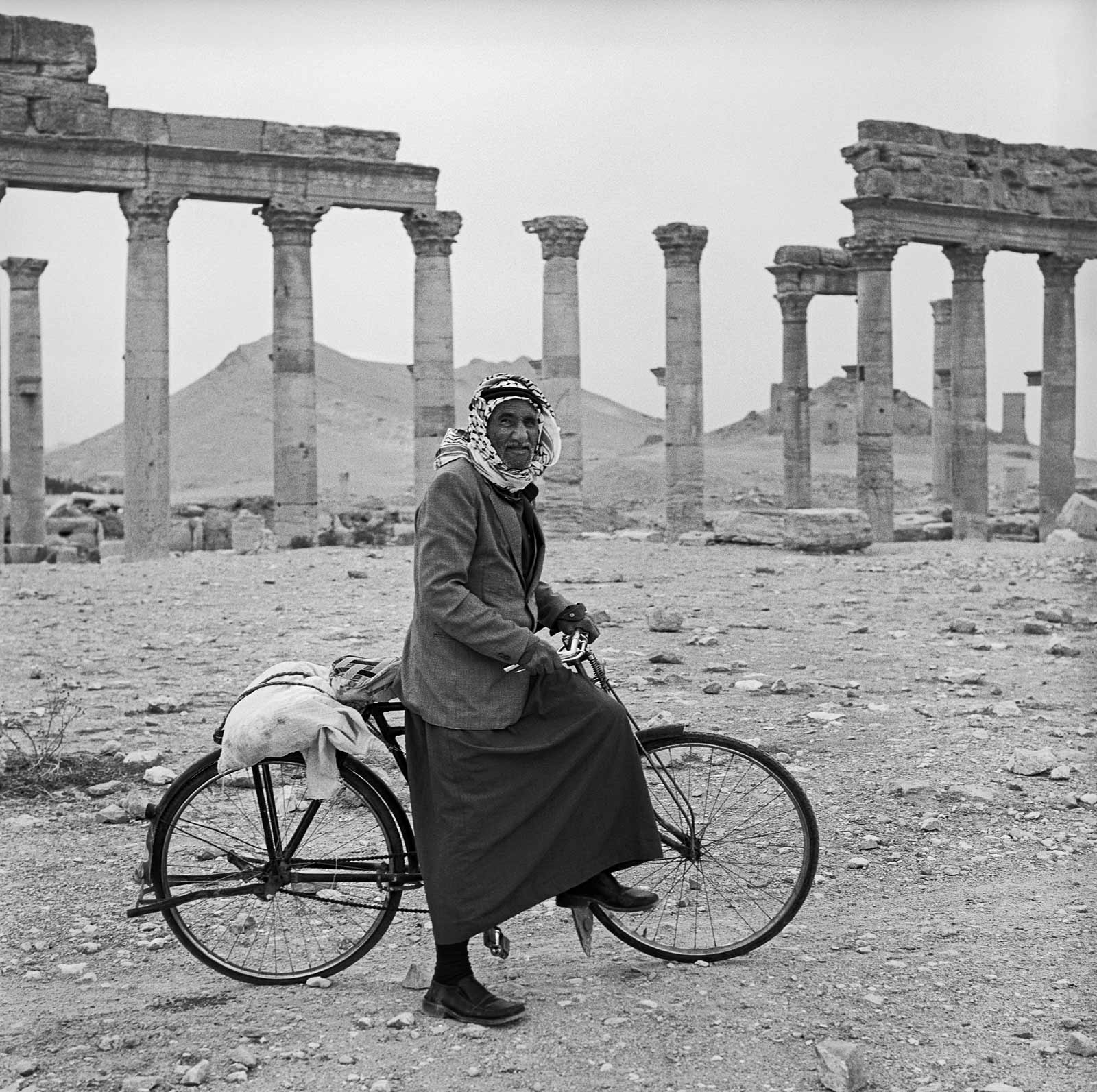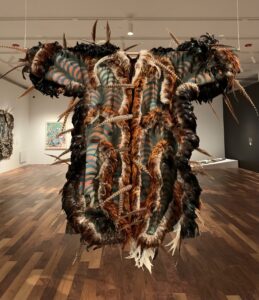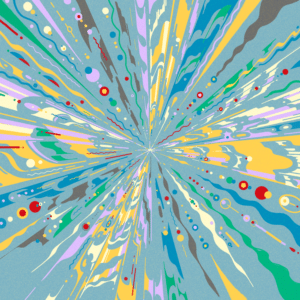A piece in The New York Review of Books discusses photographer Kevin Bubriski’s book “Legacy in Stone: Syria Before War” in which many of Syria’s ancient monuments, some of which have been reduced to ruins by ISIS, are preserved in black-and-white images.
In May 2015, the world watched in horror as ISIS rolled into Tadmur, home to Palmyra’s magnificent Greco-Roman ruins. The ensuing destruction was widely denounced but the extremist group’s first act of vandalism in Palmyra drew condemnations only in Syria. Just a mile northeast of the Temple of Bel (founded 32 AD), stood the Tadmur Prison, one of the Baathist regime’s most notorious. Thousands of political prisoners were incarcerated there, suffering torture, humiliation, starvation, and death. In 1980, up to 1,000 detainees had been summarily executed there as retaliation for an attempt on the then-President Hafez al-Assad’s life. When ISIS blew up this prison, it erased a place of historical importance, a monument to a nation’s agony.
One former inmate of this purgatory was Yassin al-Haj Saleh, arguably Syria’s most important living intellectual, who had been imprisoned in Tadmur for his memberships in a proscribed left-wing party. In his luminous volume of essays The Impossible Revolution: Making Sense of the Syrian Tragedy (Hurst 2017), Saleh writes that the now vanquished revolution helped familiarize Syrians with their own geography as pre-Baathist names of places were restored and hitherto unknown locations assumed a new significance based on their part in the revolution.
But even as the revolution was revealing what Saleh calls the “stifled richness of Syria,” the country’s past was being erased. Shortly after ISIS arrived in Palmyra, the regime launched air strikes on the city, heedless of its ancient monuments. Soon after, ISIS took its own bludgeon to the ruins, destroying the Temple of Bel, the Temple of Baalshamin, and the Monumental Arch.
A decade earlier, in 2003, the photographer Kevin Bubriski was in Palmyra, viewing the same sites through his Hasselblad lens. As if anticipating their fate, Bubriski preserved the beauty and grandeur of its various sites—including the Temple of Allat, the Valley of the Tombs, and the Monumental Arch—in exquisite black-and-white photographs that appear together for the first time in Legacy in Stone: Syria Before War. The book is a collection of arresting—and at times, haunting—photographs from three of Syria’s six UNESCO-designated world heritage sites. Five of these, including two captured in this volume, have since been partially or completely destroyed.







